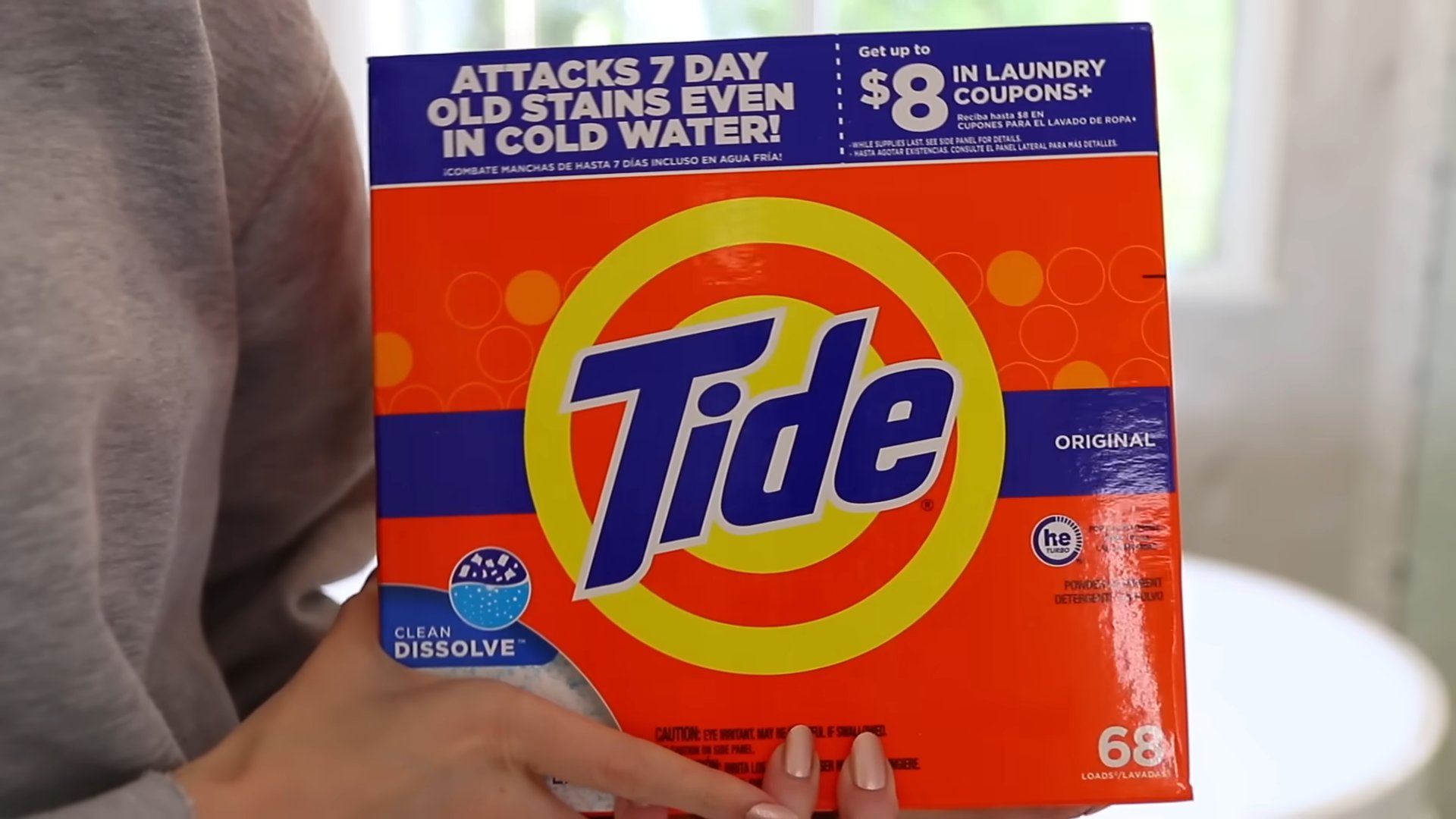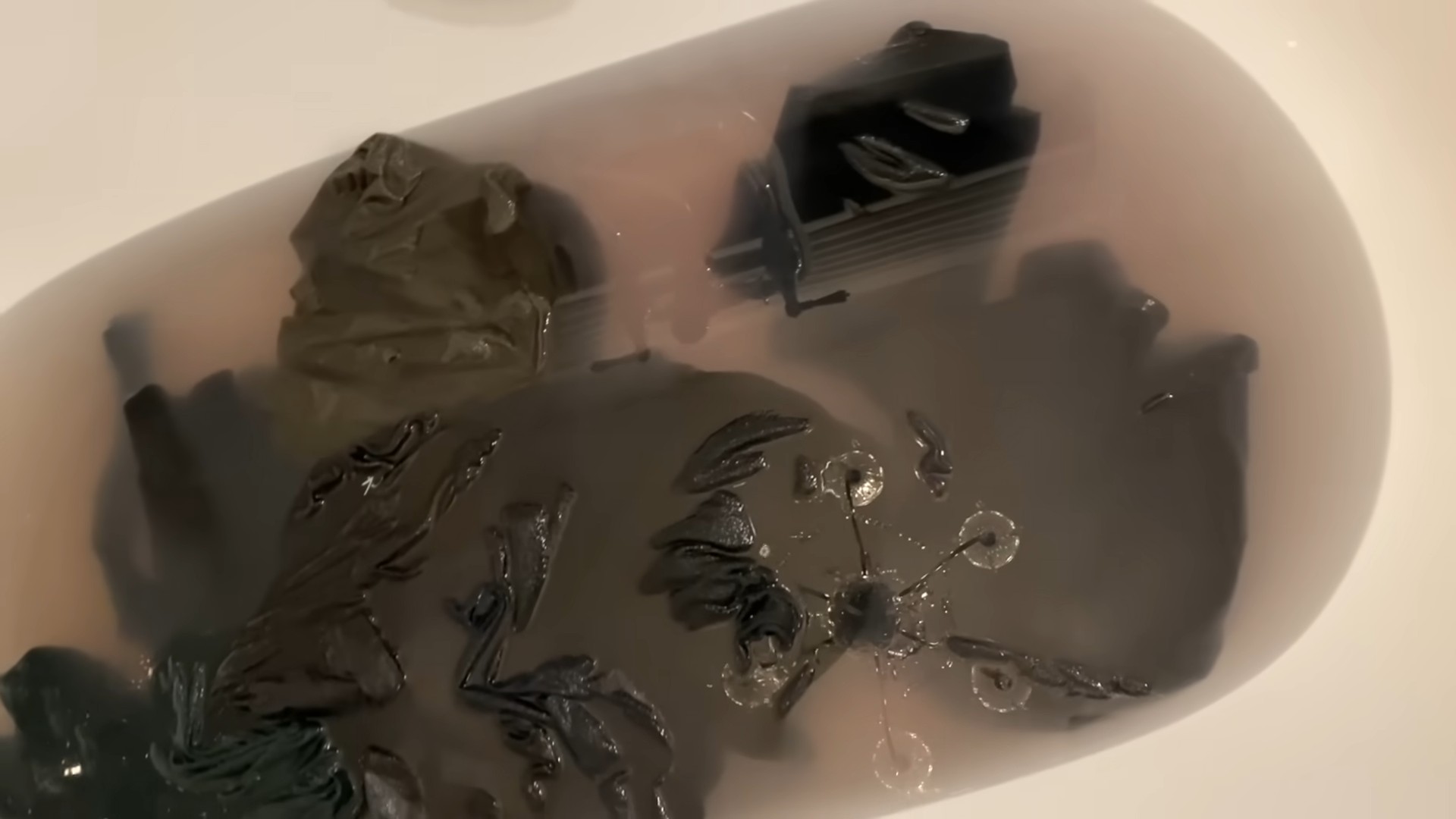Cleaning Hacks: Who doesn’t love a sparkling clean home? But let’s be honest, the thought of spending hours scrubbing and dusting isn’t exactly thrilling. I get it! We all lead busy lives, and sometimes, keeping our homes tidy feels like a never-ending battle. That’s where the magic of cleaning hacks comes in!
For centuries, people have been developing clever tricks and shortcuts to make cleaning easier and more efficient. Think about it – our grandmothers probably had a whole arsenal of natural cleaning solutions and time-saving techniques passed down through generations. These weren’t just about cleanliness; they were about creating a healthy and comfortable living space, a sanctuary where families could thrive.
In today’s world, with so many demands on our time, these cleaning hacks are more valuable than ever. They’re not just about saving time; they’re about reducing stress, improving our well-being, and freeing up our schedules to enjoy the things we truly love. Imagine spending less time scrubbing toilets and more time pursuing your hobbies, spending time with loved ones, or simply relaxing in a clean and organized space. Sounds good, right? This article is packed with easy-to-implement DIY cleaning tricks that will transform your cleaning routine from a chore into a breeze. Get ready to discover the secrets to a sparkling home without breaking a sweat!

DIY Cleaning Hacks: Sparkling Home, Happy Wallet!
Okay, let’s dive into some seriously effective DIY cleaning hacks that will leave your home sparkling without breaking the bank. I’ve tried and tested these myself, and trust me, they work wonders! Get ready to ditch those expensive cleaning products and embrace the power of simple, everyday ingredients.
Cleaning Your Microwave Like a Pro
Microwaves – we love them, but cleaning them? Not so much. Burnt food splatters and lingering odors can make this a dreaded chore. But fear not! This hack is super easy and uses just one ingredient: lemon!
What you’ll need:
* 1 Lemon
* Microwave-safe bowl
* Water
* Sponge or cloth
Step-by-step instructions:
1. Prepare the Lemon Solution: Cut the lemon in half. Squeeze the juice from both halves into the microwave-safe bowl. Then, place the squeezed lemon halves into the bowl as well.
2. Add Water: Fill the bowl with about a cup of water. The water will help create steam, which is key to loosening the grime.
3. Microwave the Solution: Place the bowl in the microwave and heat it on high for 3-5 minutes. You want the water to boil and create a good amount of steam.
4. Let it Steam: Once the timer goes off, don’t open the microwave immediately! Let the bowl sit inside for another 5-10 minutes. This allows the steam to really work its magic, softening all the stuck-on food particles.
5. Wipe it Clean: Carefully remove the bowl (it will be hot!). Use a sponge or cloth to wipe down the inside of the microwave. You’ll be amazed at how easily the grime comes off! For stubborn spots, you might need a little extra elbow grease, but the lemon steam should have done most of the work.
6. Dry it Off: Finally, use a clean, dry cloth to wipe down the inside of the microwave and remove any remaining moisture.
Why this works: The citric acid in the lemon helps to break down grease and grime, while the steam loosens the stuck-on food particles. Plus, it leaves your microwave smelling fresh and lemony!
Unclogging Drains Naturally
Clogged drains are a common household problem, and those chemical drain cleaners can be harsh and expensive. Here’s a natural and effective way to unclog your drains using ingredients you probably already have in your pantry.
What you’ll need:
* 1 cup Baking Soda
* 2 cups White Vinegar
* Hot Water
* Optional: Plunger
Step-by-step instructions:
1. Pour in the Baking Soda: Carefully pour one cup of baking soda down the clogged drain. Try to get as much of it down the drain as possible.
2. Add the Vinegar: Next, pour two cups of white vinegar down the drain. You’ll immediately notice a fizzing reaction – this is exactly what you want!
3. Let it Fizz: Let the baking soda and vinegar mixture fizz and bubble for about 30 minutes. This reaction helps to break down the clog.
4. Flush with Hot Water: After 30 minutes, carefully pour a pot of boiling hot water down the drain. This will help to flush away the loosened clog.
5. Repeat if Necessary: If the drain is still clogged, repeat the process. Sometimes, a particularly stubborn clog requires a second treatment.
6. Use a Plunger (Optional): If the baking soda and vinegar method doesn’t completely clear the clog, you can try using a plunger after flushing with hot water. The plunger can help to dislodge any remaining debris.
Why this works: The baking soda and vinegar create a chemical reaction that produces carbon dioxide gas. This gas helps to build pressure in the drain and break down the clog. The hot water then helps to flush everything away.
Cleaning Grout Like a Boss
Dirty grout can make even the cleanest tiles look dingy. This simple paste will brighten your grout lines and make your bathroom or kitchen sparkle.
What you’ll need:
* Baking Soda
* Water
* Old Toothbrush
* Spray Bottle (optional)
Step-by-step instructions:
1. Make the Paste: In a small bowl, mix baking soda with just enough water to form a thick paste. You want it to be thick enough to stick to the grout lines.
2. Apply the Paste: Using an old toothbrush, apply the baking soda paste to the grout lines. Work in small sections, making sure to cover the entire grout line.
3. Let it Sit: Allow the paste to sit on the grout lines for about 10-15 minutes. This gives the baking soda time to work its magic and loosen the dirt and grime.
4. Scrub the Grout: After 10-15 minutes, use the toothbrush to scrub the grout lines. You’ll notice the dirt and grime starting to lift away.
5. Rinse with Water: Rinse the grout lines with water. You can use a spray bottle filled with water or a damp sponge to wipe away the baking soda paste.
6. Dry with a Towel: Finally, dry the grout lines with a clean towel.
Why this works: Baking soda is a mild abrasive that helps to scrub away dirt and grime without damaging the grout. It’s also a natural deodorizer, so it will help to freshen up your bathroom or kitchen.
Shining Stainless Steel Appliances
Stainless steel appliances look great, but they can be a magnet for fingerprints and smudges. Here’s a simple way to keep them looking shiny and new.
What you’ll need:
* White Vinegar
* Microfiber Cloth
* Olive Oil (optional)
Step-by-step instructions:
1. Spray with Vinegar: Lightly spray your stainless steel appliances with white vinegar.
2. Wipe with Microfiber Cloth: Use a clean microfiber cloth to wipe down the appliances, following the grain of the stainless steel. This will remove fingerprints, smudges, and water spots.
3. Buff with a Dry Cloth: Use a dry microfiber cloth to buff the appliances and remove any remaining streaks.
4. Add Olive Oil (Optional): For extra shine, you can add a small amount of olive oil to a clean microfiber cloth and buff the appliances. This will help to protect the stainless steel and keep it looking shiny.
Why this works: Vinegar is a natural cleaner that helps to remove grease and grime. Microfiber cloths are great for cleaning stainless steel because they are soft and won’t scratch the surface. The olive oil adds a protective layer and enhances the shine.
Freshening Up Your Mattress
We spend a lot of time on our mattresses, so it’s important to keep them clean and fresh. This simple hack will help to remove odors and freshen up your mattress.
What you’ll need:
* Baking Soda
* Essential Oil (optional)
* Vacuum Cleaner
Step-by-step instructions:
1. Sprinkle with Baking Soda: Sprinkle a generous amount of baking soda over your entire mattress.
2. Add Essential Oil (Optional): If you want to add a fresh scent, you can mix a few drops of your favorite essential oil with the baking soda before sprinkling it on the mattress. Lavender, eucalyptus, and tea tree oil are all great options.
3. Let it Sit: Allow the baking soda to sit on the mattress for at least 30 minutes, or even longer if possible. The longer it sits, the more odors it will absorb.
4. Vacuum Thoroughly: After 30 minutes (or longer), use a vacuum cleaner to thoroughly vacuum the entire mattress, removing all of the baking soda.
Why this works: Baking soda is a natural odor absorber. It will help to remove any lingering odors from your mattress, leaving it smelling fresh and clean.
Cleaning Your Shower Head
A clogged shower head can reduce water pressure and make showering less enjoyable. This simple hack will help to remove mineral deposits and restore your shower head to its former glory.
What you’ll need:
* White Vinegar
* Plastic Bag
* Rubber Band or Twist Tie
Step-by-step instructions:
1. Fill the Bag with Vinegar: Fill a plastic bag with white vinegar. You want to fill it enough so that the shower head is completely submerged in the vinegar.
2. Secure the Bag: Place the bag over the shower head and secure it with a rubber band or twist tie. Make sure the bag is tightly sealed so that the vinegar doesn’t leak out.
3. Let it Soak: Allow the shower head to soak in the vinegar for at least 30 minutes, or even overnight for stubborn mineral deposits.
4. Remove the Bag:

Conclusion
So, there you have it! This simple yet incredibly effective DIY cleaning hack is a game-changer for anyone looking to simplify their cleaning routine and achieve sparkling results without harsh chemicals or breaking the bank. We’ve shown you how to create a powerful, all-purpose cleaner using ingredients you likely already have in your pantry. This isn’t just about saving money; it’s about creating a healthier home environment for you and your family.
Why is this DIY cleaning hack a must-try? Because it’s:
* Effective: It tackles grease, grime, and everyday messes with ease.
* Affordable: Say goodbye to expensive cleaning products and hello to budget-friendly cleaning.
* Eco-Friendly: Reduce your environmental impact by using natural, biodegradable ingredients.
* Versatile: Use it on countertops, floors, appliances, and more!
* Safe: Free from harsh chemicals and toxins, making it safe for kids and pets.
But the beauty of this DIY cleaning hack lies in its adaptability. Feel free to experiment with different essential oils to create your own signature scent. Lavender, lemon, tea tree, and eucalyptus are all excellent choices, each offering unique cleaning and aromatherapy benefits. For extra scrubbing power, consider adding a tablespoon of baking soda to your solution. If you’re dealing with particularly stubborn stains, pre-treat the area with a paste of baking soda and water before cleaning with your DIY solution.
Another variation involves infusing your vinegar with citrus peels. Simply save your orange, lemon, or grapefruit peels and soak them in vinegar for a few weeks before straining and using the infused vinegar in your cleaning solution. This adds a refreshing citrus scent and boosts the cleaning power of the vinegar.
We’re confident that once you try this DIY cleaning hack, you’ll be amazed by the results. It’s a simple, effective, and sustainable way to keep your home clean and fresh. So, ditch the store-bought cleaners and embrace the power of DIY!
We encourage you to give this cleaning hack a try and share your experience with us. Let us know what variations you’ve tried, what surfaces you’ve cleaned, and what results you’ve achieved. Your feedback will help us refine this recipe and share even more helpful tips with our community. Share your before and after photos on social media using #DIYCleaningHack and tag us! We can’t wait to see your sparkling clean homes! This **cleaning hack** is a must try!
FAQ
What exactly is a cleaning hack?
A cleaning hack is a clever and often unconventional tip or trick that simplifies and speeds up the cleaning process. It typically involves using common household items in unexpected ways to achieve effective cleaning results. This DIY cleaning hack focuses on creating an all-purpose cleaner from readily available ingredients.
What are the main ingredients in this DIY cleaning hack, and why are they effective?
The main ingredients are typically white vinegar, water, and optionally, essential oils. White vinegar is a natural disinfectant and degreaser, effectively cutting through grime and killing bacteria. Water acts as a diluent, making the solution safe for various surfaces. Essential oils add a pleasant scent and can provide additional cleaning or antibacterial properties. For example, lemon oil is known for its degreasing power, while tea tree oil is a natural antiseptic.
Can I use this DIY cleaning solution on all surfaces?
While this solution is generally safe for most surfaces, it’s always best to test it in an inconspicuous area first, especially on delicate materials like marble, granite, or waxed wood. The acidity of vinegar can potentially damage these surfaces over time. Avoid using it on natural stone countertops unless properly sealed. For these surfaces, a milder solution of soap and water is recommended.
How do I adjust the ratio of vinegar to water for different cleaning tasks?
The standard ratio is usually 1:1 (equal parts vinegar and water). However, you can adjust this based on the task at hand. For light cleaning or general surface wiping, a ratio of 1:2 (one part vinegar to two parts water) may suffice. For tougher stains or heavily soiled areas, you can increase the vinegar concentration to 2:1 (two parts vinegar to one part water). Always remember to test the solution on a small, hidden area before applying it to the entire surface.
What essential oils are best to use in this DIY cleaning solution, and what are their benefits?
Several essential oils work well in this DIY cleaning solution, each offering unique benefits:
* Lemon: Degreasing, disinfecting, and provides a fresh, citrusy scent.
* Lavender: Antibacterial, antifungal, and has a calming, relaxing scent.
* Tea Tree: Antiseptic, antibacterial, and antifungal, making it ideal for disinfecting.
* Eucalyptus: Antiviral, antibacterial, and has a refreshing, invigorating scent.
* Peppermint: Antibacterial, insect repellent, and provides a cooling, refreshing scent.
When choosing essential oils, opt for pure, therapeutic-grade oils for the best results and avoid synthetic fragrances.
How long does this DIY cleaning solution last?
This DIY cleaning solution can last for several weeks when stored in a cool, dark place in a sealed container. However, it’s best to use it within a month for optimal effectiveness. Over time, the essential oils may lose their potency, and the solution may become less effective.
Can I use this cleaning solution to clean my bathroom?
Yes, this DIY cleaning solution is excellent for cleaning bathrooms. It can effectively remove soap scum, mildew, and hard water stains from showers, tubs, sinks, and toilets. For stubborn stains, you can pre-treat the area with a paste of baking soda and water before cleaning with the solution.
Is this cleaning solution safe for pets and children?
Yes, this DIY cleaning solution is generally safe for pets and children because it uses natural ingredients. However, it’s still essential to keep the solution out of reach of children and pets to prevent accidental ingestion. If you’re using essential oils, be sure to research their safety for pets, as some essential oils can be toxic to animals. Always ensure the surfaces are dry before allowing pets or children to come into contact with them.
What should I do if I accidentally get this cleaning solution in my eyes?
If you accidentally get this cleaning solution in your eyes, immediately rinse them thoroughly with cool water for at least 15 minutes. If irritation persists, seek medical attention.
Can I add other ingredients to this DIY cleaning solution?
Yes, you can add other ingredients to customize this DIY cleaning solution to your specific needs. Some popular additions include:
* Baking Soda: Adds extra scrubbing power for tough stains.
* Borax: A natural mineral that acts as a disinfectant and deodorizer. (Use with caution and research safety precautions.)
* Dish Soap: A small amount of dish soap can help cut through grease and grime. (Use a natural, unscented dish soap to avoid harsh chemicals.)
Always research the safety and compatibility of any new ingredients before adding them to your cleaning solution.




Leave a Comment